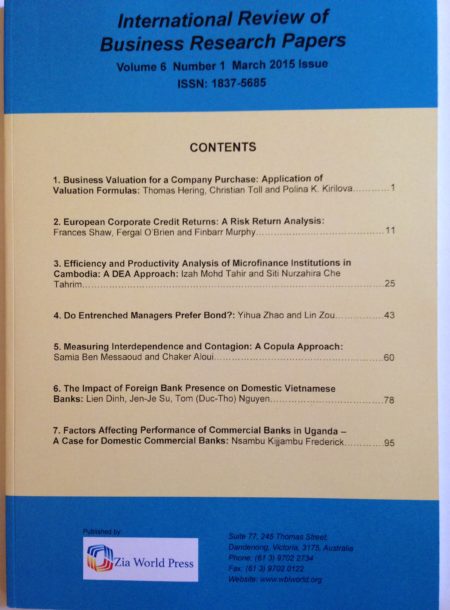International Review of Business Research Papers
Vol. 14. No. 2., September 2018, Pages: 45 – 55
Operational Excellence through Process Improvement at a Public University
Roslina Ab Wahid
Operational excellence (OE) is not something new to the manufacturing and services; including private higher education institutions locally and abroad especially in the US, UK, Canada and the Scandinavian countries. However, for the public universities in Malaysia, it is something of a novelty. As the largest public university in Malaysia with more than 160,000 students, Universiti Teknologi MARA (UiTM) has taken the initiative to spearhead the operational excellence in the country’s higher education. Moreover, in the face of reduced funding from the government, UiTM must be responsive and transforms to become more process-centric as it is through operational excellence that strategic outcomes can be achieved. The aim of this paper is to investigate the implementation of operational excellence through process improvement by the university; its achievements; and challenges faced pertaining to the implementation. The university adopts the concepts of Lean and Six Sigma DMAIC approach to process improvement in its journey to achieve operational excellence. The process improvement data was recorded in an ‘Online Process Improvement Register’ (OPIR).Sofar, the university has been able to train 5.9% of its 18,188 staff in doing process improvement. The findings showed that as a result of doing improvement on some of its processes, the university has managed to save 48.99%on cost. Apart from that, the university has been able to reduce the time taken on the processes, the number of manpower needed for the processes, the number of complaints, and also improve customer satisfaction. Some of the challenges that have been identified during the implementation are department and staff engagement; inadequate manpower; and lack of knowledge on the part of some of the Quality Managers and OE Trainers.
DOI :
https://doi.org/10.21102/irbrp.2018.09.142.03

